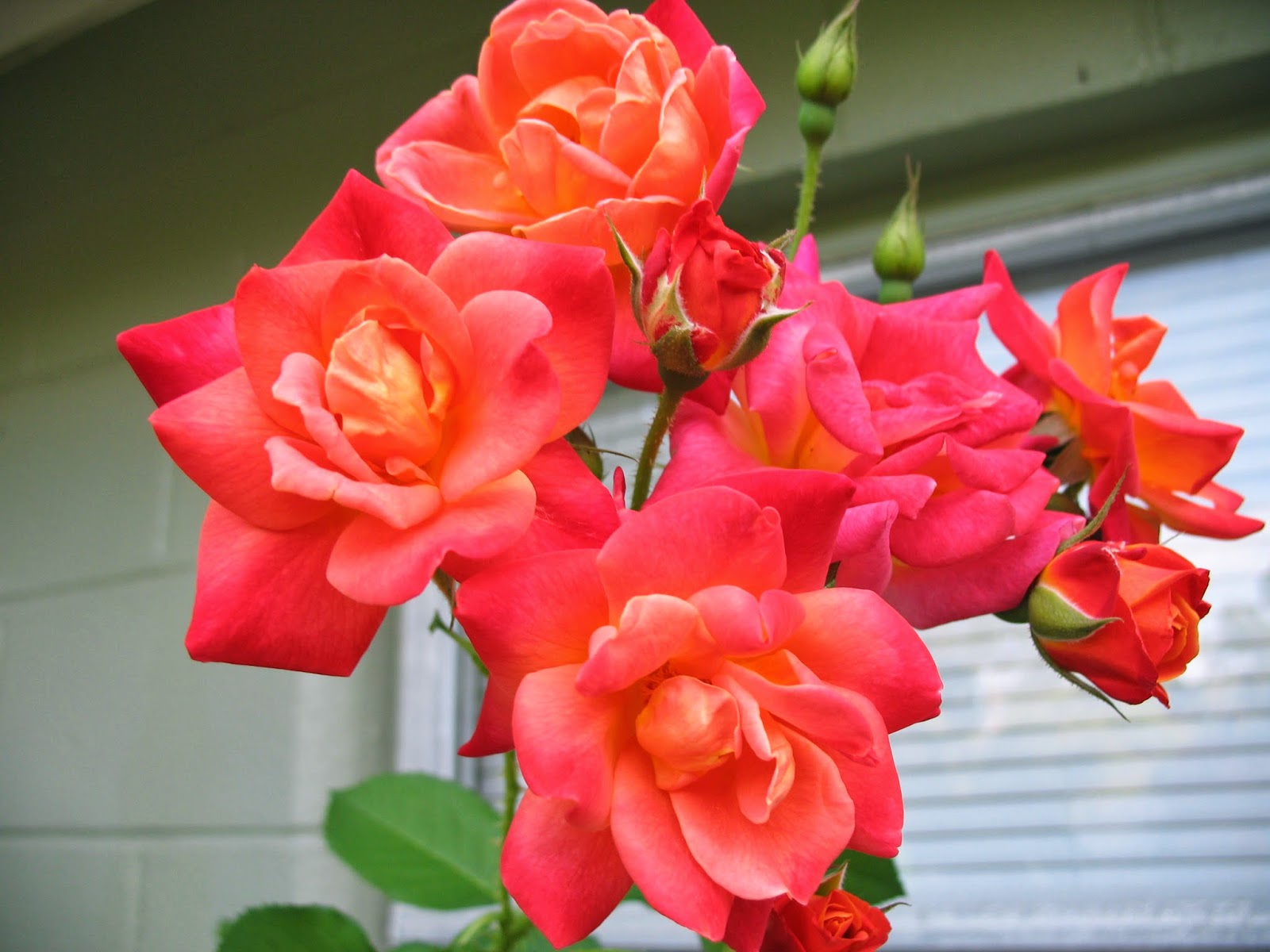
Eastern gray (grey) squirrel
He'd fly through the air with the greatest of ease,
That daring young man on the flying trapeze
(and then he would eat all the sunflower seeds in the feeder and dump the rest out on the ground when he jumped back to the tree - if he wasn't so cute I'd be really annoyed)
The eastern gray squirrel or grey squirrel, Sciurus carolinensis, is a
tree squirrel in the genus Sciurus.
·
Scientific name: Sciurus carolinensis
·
Gestation period: 44 d
·
Mass: 0.4 – 0.6 kg (Adult)
·
Rank: Species
·
Tail length: 19 – 25 cm (Adult)
·
Higher classification: Sciurus
·
Body length: 23 – 30 cm (Adult, Head and body)
- Wikipedia











































